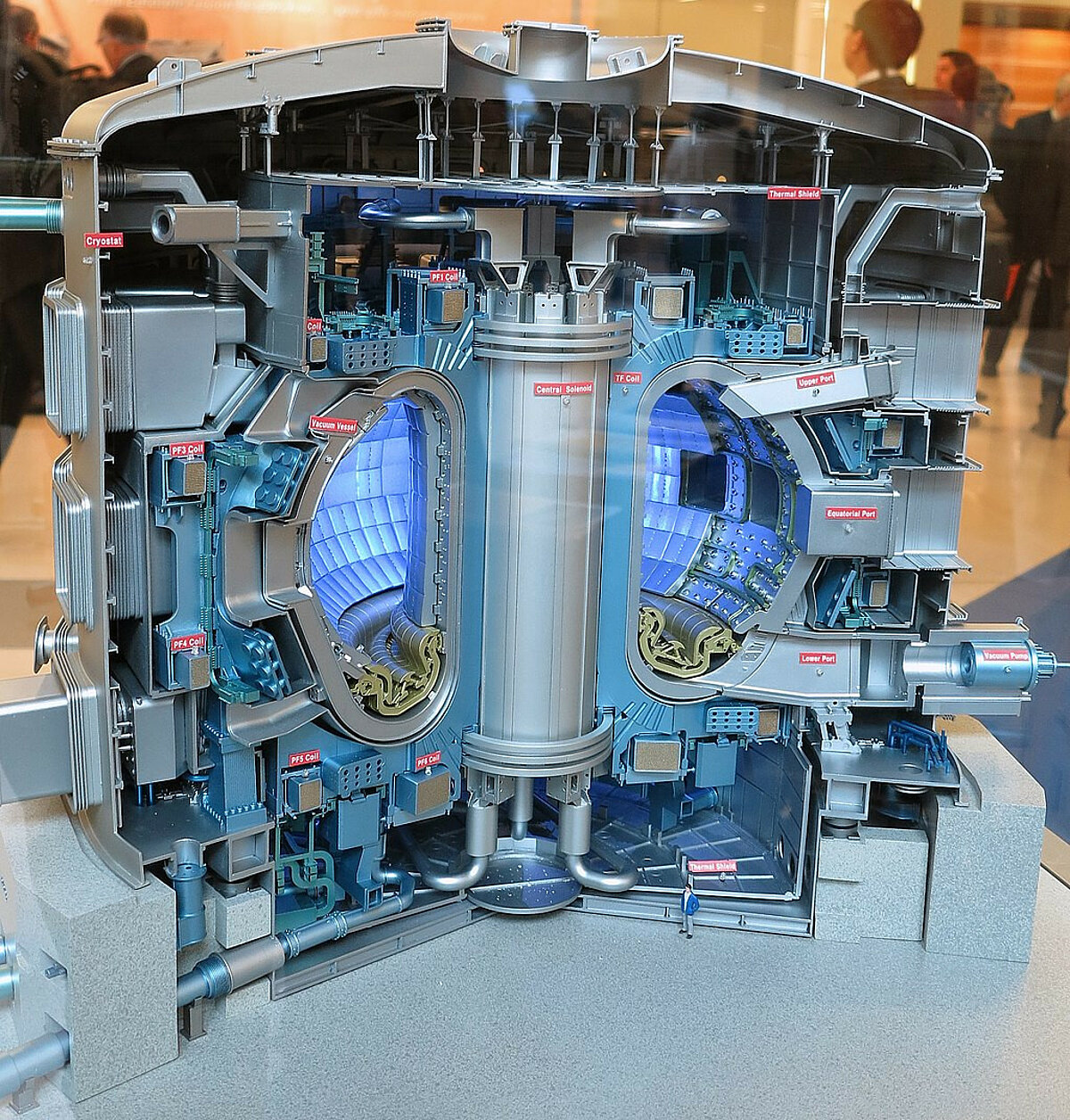
Good news for fusion energy progress and a new world record for the Chinese Academy of Sciences, as its Experimental Advanced Superconducting Tokamak (EAST), or "artifical sun," maintains 70 million degrees Celsius (126 million °F) for 1,056 seconds.
High-temperature plasma is a critical part of many large-scale fusion energy initiatives, which attempt to replicate some of the conditions that make the Sun a powerful enough fusion reactor to warm our solar system, with the goal of eventually supplying safe, clean energy for humankind.
Tokamak-style fusion reactors like the International Thermonuclear Experimental Reactor (ITER) obviously don't have the colossal scale and gravity of the Sun, but they aim to heat up hydrogen atoms – specifically, deuterium and tritium isotopes – to a point where they begin smashing together, fusing and releasing energy that can both be harvested, and sustain the reaction as additional hydrogen atoms are fed in.
ITER's target temperature is 150 million °C (270 million °F). China's EAST facility, which is a key contributor to the ITER project, has hit this mark already, reaching 160 million °C (288 million °F) for 20 seconds, and holding 120 million °C (216 million °F) for 101 seconds in separate experiments announced last May.
The latest experiment tested the Chinese tokamak's capability to endure extreme temperatures over longer periods, sustaining a temperature 2.6 times hotter than the Sun's core for some 1,056 seconds, or 17 minutes and 36 seconds. Nobody's ever sustained a high-temperature plasma for 1,000 seconds before, so this is an important milestone.